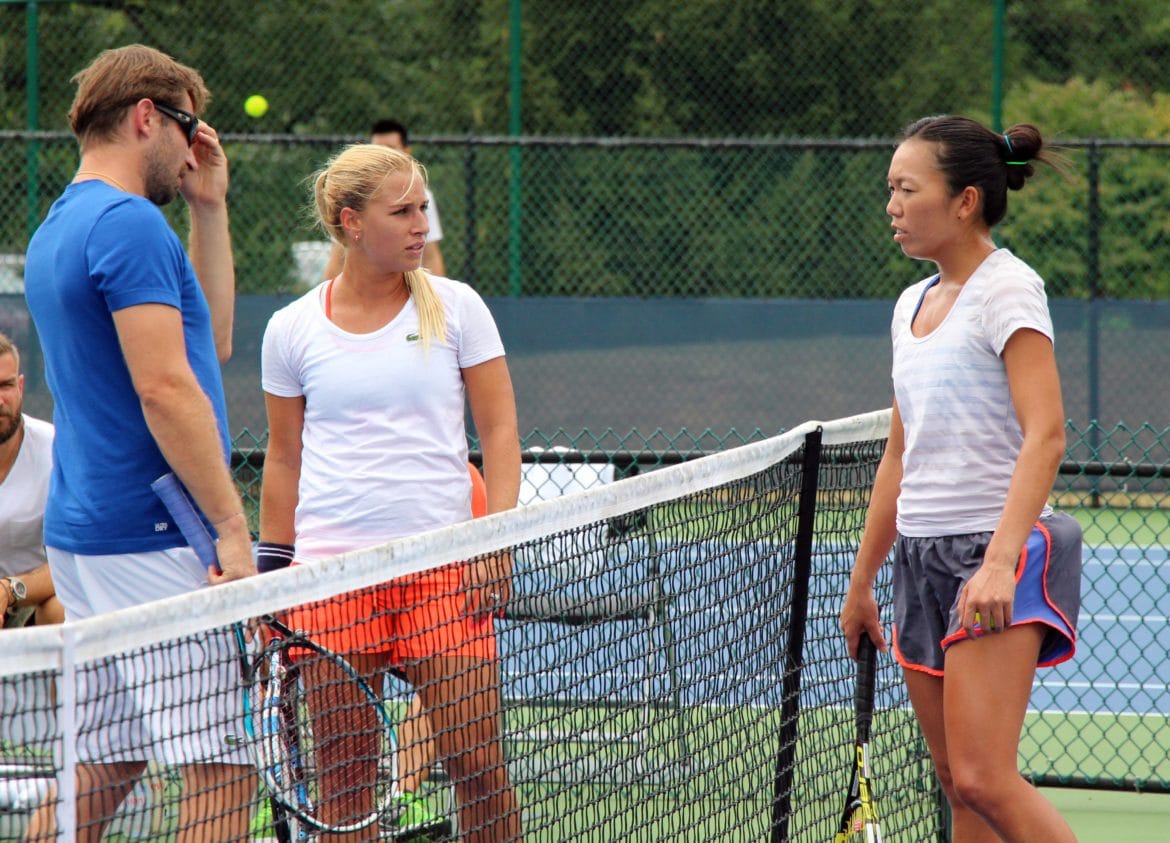Wimbledon was the first Grand Slam to be played, in 1877, however it only included men. In 1885, Wimbledon included women, making it the first Grand Slam for females, therefore beginning what would be and continues to be an evolutionary growth in the field of tennis. For about the next 120 years, all players who played singles also played doubles and, in many cases, they also played mixed doubles.
There was little to no money in the game so competitors played for titles, slams and pride. In the slams, the men would often play a ‘best of 5 singles (advantage sets, no tie breakers)’ and ‘best of 5 doubles (advantage sets)’ in the same day. If they were really unlucky, (eg bad weather), they would also have to play a best of 3 set mixed doubles match on top of that.
Australia was one of the few countries who’s players excelled in doubles both on the men’s and women’s side. This resulted in excellent Davis and Fed Cup wins as well as multiple Grand Slam titles. On the women’s side, Margaret Court is arguably the greatest player of all time. She recorded a record 24 grand slam singles titles, 19 doubles and 19 mixed titles, placing her at the top of the women’s list of grand slams won. Margaret’s doubles partners included many great Aussies, such as Lorraine Robinson, Mary Reitano, Jan O’Neill, Robyn Ebbern, Lesley Bowrey, Judy Dalton and Evonne Goolagong.
In the 90s, prize money in tennis became increasingly attractive and the game began to evolve. The equipment changed producing much more power and off court training become scientific and professional. This caused most of the leading pros to stop playing doubles. They thought that doubles would only make it a longer day at the courts for them and drain them of their energy for their singles matches. They also decided they now didn’t need the doubles prize money because the singles money had become so good.
This is also how ‘doubles specialists’ were formed. Many of the top singles players preferred to give all of their attention to singles, which opened the door for lower ranked players to gain success on the doubles court.
Players often became “doubles specialists” unintentionally. Their singles rankings would begin to suffer due to the fact that they would be unable to get to play singles qualifying at the next event. The reason for this was the singles qualifying always over laps with the previous weeks singles and doubles finals.
In recent history unlike the men’s game, women’s tennis has seen many players that have achieved the highest success in both singles and doubles. Players including Martina Navratilova, Kim Clijsters, Arantxa Sanchez and Lindsay Davenport, collectively won both singles and doubles grand slam titles and held the number world’s number one ranking in both events.
For the young female player coming through the ranks and wanting to make a career out of tennis, it is absolutely imperative to play doubles at any opportunity.
As promised, here are 10 reasons why you should play doubles. Most of these reasons are to enhance your singles game….
- It will improve your volley.
- It will sharpen your reflexes in general.
- It will teach you to go looking for volleys, also eliminating fear of the net.
- It’s an opportunity to work on your serve and volley.
- It’s great practice for your return into a small area.
- It gets you back on court after a singles loss to make amends for what’s just happened
- It’s the ‘fun’ part of tennis, experiencing a ‘team sport’ with less pressure and reminding you of the enjoyment of the game.
- As a Pro it helps eliminate some of the lonely and down times on tour as you have someone to hang out with
- You may get the opportunity to represent your country in Fed Cup or the Olympics.
- You might just make a career out of it, setting you up for life financially.

